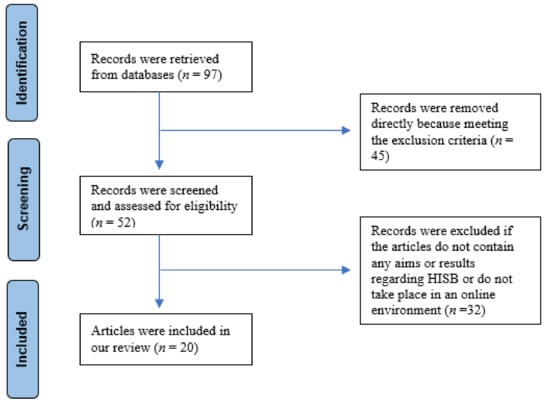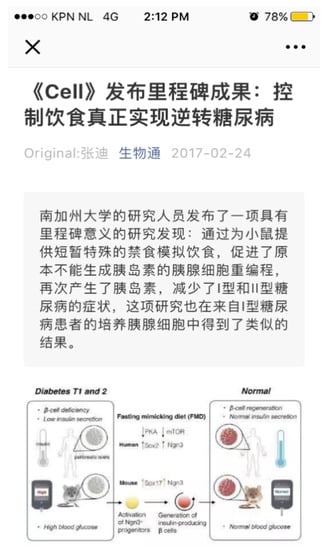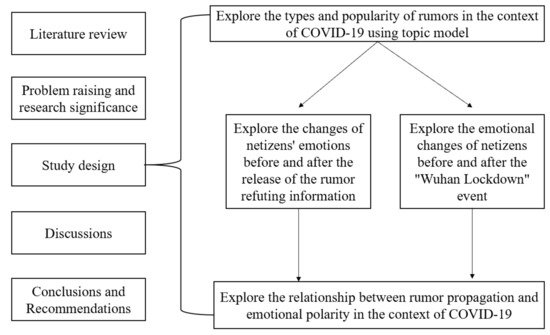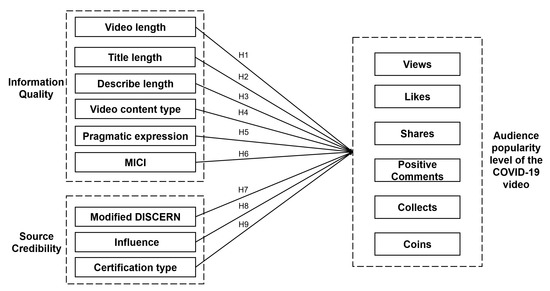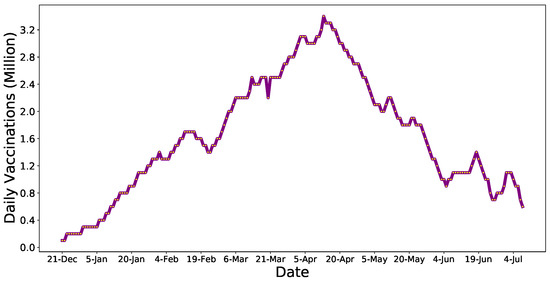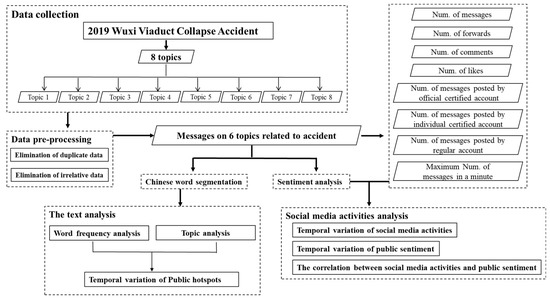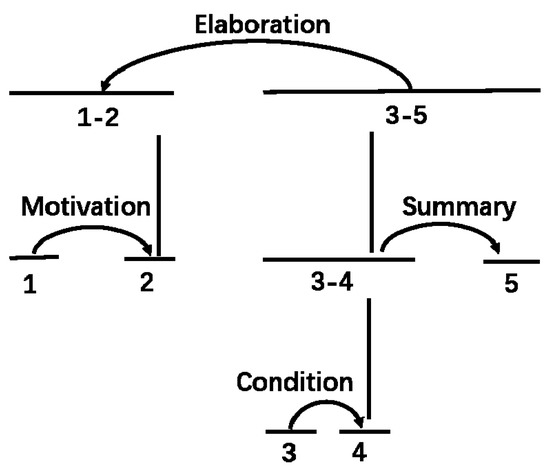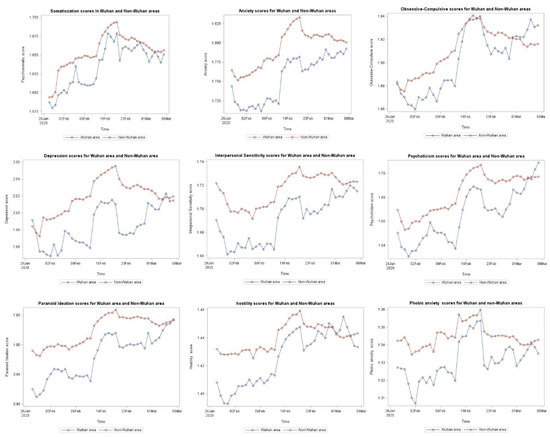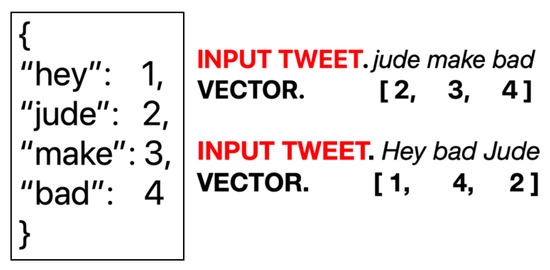Social Media and Public Health
A topical collection in Healthcare (ISSN 2227-9032).
Viewed by 244291Editor
Interests: data mining; behavior analysis; computational cyber psychology; database
Special Issues, Collections and Topics in MDPI journals
Topical Collection Information
Dear Colleagues,
Social media has altered the way in which people use and perceive the world, providing an ideal platform for people exchanging information regarding both personal and public health, especially by making it easier for large populations to rapidly exchange information effectively.
Social media can help us understand how people react to health crises, disseminate health information, and promote information sharing to encourage behavioral changes during health crises. Meanwhile, social media can also be problematic in spreading rumors during health crises, such as during the COVID-19 pandemic. It is important to manage misinformation during health crises. Thus, it is crucial that public health agencies and organizations know how to provide useful information and timely feedback using social media.
This Special Issue of Healthcare seeks commentaries, original research, short reports, and reviews on social media and public health, especially relating to the COVID-19 pandemic. This Special Issue aims to provide an interdisciplinary view on social media and public health, and it is envisioned that public health agencies and organizations will use this Special Issue as a resource for making healthcare policies more effective.
Prof. Dr. Tingshao Zhu
Guest Editor
Manuscript Submission Information
Manuscripts should be submitted online at www.mdpi.com by registering and logging in to this website. Once you are registered, click here to go to the submission form. Manuscripts can be submitted until the deadline. All submissions that pass pre-check are peer-reviewed. Accepted papers will be published continuously in the journal (as soon as accepted) and will be listed together on the collection website. Research articles, review articles as well as short communications are invited. For planned papers, a title and short abstract (about 250 words) can be sent to the Editorial Office for assessment.
Submitted manuscripts should not have been published previously, nor be under consideration for publication elsewhere (except conference proceedings papers). All manuscripts are thoroughly refereed through a single-blind peer-review process. A guide for authors and other relevant information for submission of manuscripts is available on the Instructions for Authors page. Healthcare is an international peer-reviewed open access semimonthly journal published by MDPI.
Please visit the Instructions for Authors page before submitting a manuscript. The Article Processing Charge (APC) for publication in this open access journal is 2700 CHF (Swiss Francs). Submitted papers should be well formatted and use good English. Authors may use MDPI's English editing service prior to publication or during author revisions.
Keywords
- social media
- public health
- COVID-19/pandemic/epidemic
- preventive information delivery
- preventive behaviors
- stigma
- big data analysis








